Updates & Blog
Can Cutting Down Trees Actually Help Fight Climate Change?
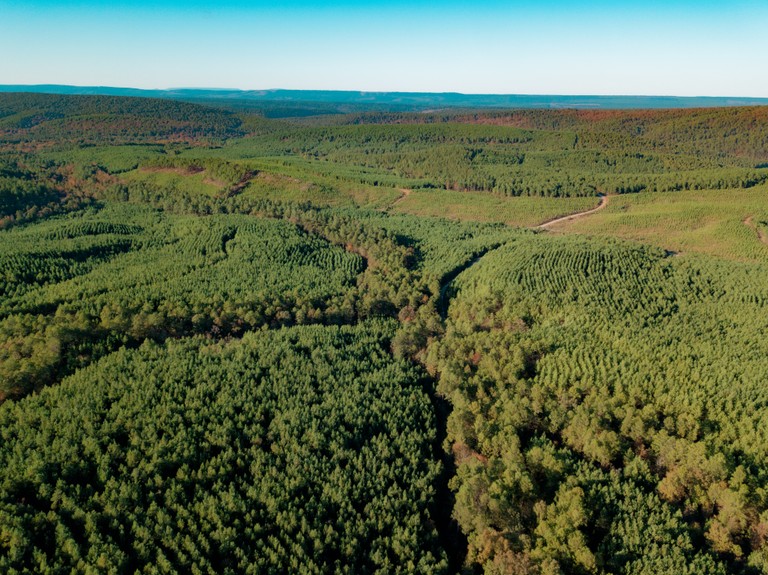
How the South is uniquely positioned to lead the way to net-zero emissions
You’ve probably heard some form of the phrase, “save paper – save the planet.” Whether on a hand-drying machine in your local coffee shop restroom or within an email signature imploring you not to print that email – there is a widespread misconception that the simple use of paper and forest products leads directly to forest decimation, worsening the climate crisis. This sentiment, however well-intended, over-simplifies the nuanced world of forestry and climate issues, and could be doing more harm than good.
While all types of forested lands have their own important purpose, independent of their natural climate benefits, working forests, or timberlands, that yield forest products have demonstrated greater carbon sequestration potential over non-working forests (e.g., parks or nature reserves). It may sound surprising, but harvesting (and replanting) trees could actually hold the key to fighting climate change and achieving net-zero carbon emissions.
So, what are working forests?
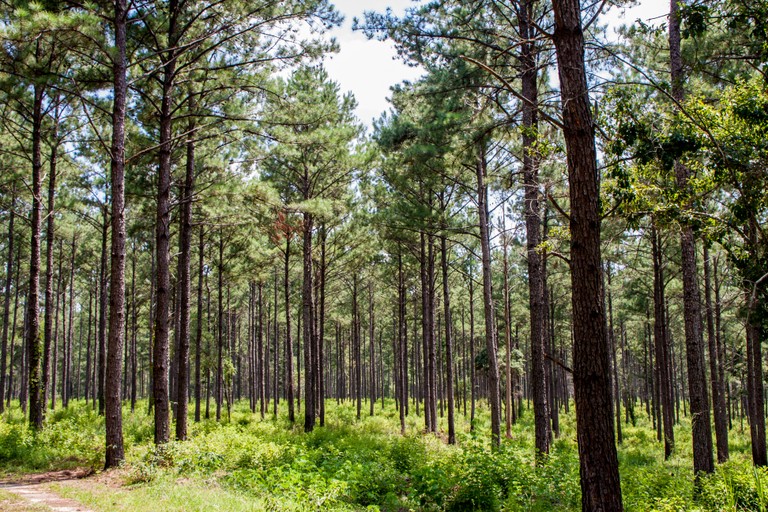
Working forests are timberlands, mostly privately owned in the United States, that are actively managed for multiple uses – among them recreation, wildlife enhancement, soil and water conservation, research, sheer aesthetic beauty and, of course, forest products. In other words, these privately-owned forests support the production of renewable products like lumber, paper products, bio-energy and thousands of consumer goods and other everyday items. A viable market for forest products gives private forest owners incentive to invest in the sustainability of their forests, keeping them healthy and growing.
The key word here is sustainability. Forest owners understand that sustainable forest management and climate-smart forestry practices are vital. By maintaining healthy working forests, they are also protecting air, water, habitat, natural beauty, community health and more – all while safeguarding the long-term economic viability of their lands. Working forest owners manage for the long-game – replanting and growing back the same amount that was harvested (or more) every year, in perpetuity. According to the National Alliance of Forest Owners, private forest owners regenerate an average of 43% more wood than they harvest.
Why are working forests so great at carbon sequestration?
Carbon sequestration is the process of capturing and storing carbon dioxide (CO2) emissions in a solid or liquid form. Trees naturally sequester carbon by absorbing it into their mass and roots during photosynthesis, preventing the greenhouse gas from entering and warming the atmosphere. Younger trees are especially efficient at sequestering carbon from the air because they are actively growing and processing CO2 at faster rates (like a teenager with a voracious appetite) than trees that are at maturity. While larger, older trees may have more carbon stored, young trees sequester more additional carbon, which is what is most important in addressing climate change.
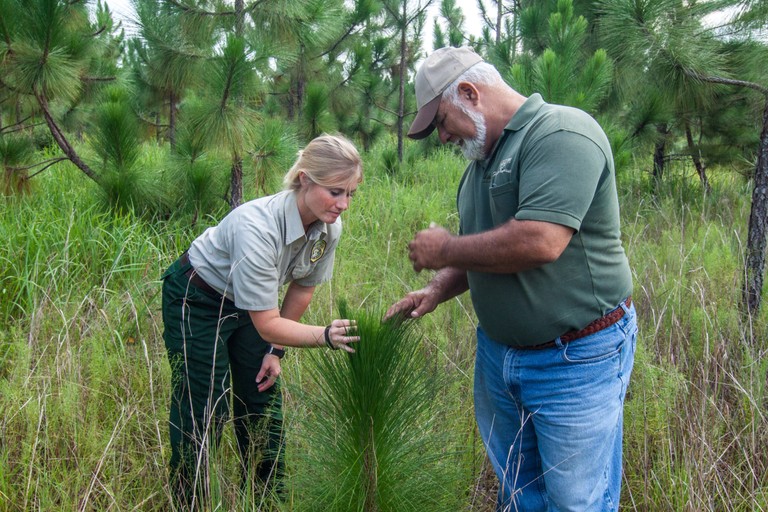
Working forests are typically made up of a rotating patchwork of saplings, young trees and ready-to-harvest timber. The continuous growth of new, young trees, means that working forests, when managed sustainably, are carbon sequestration MVPs. Among all forest types, private working forests are responsible for 75% percent of all carbon sequestered by forests in the United States annually, and actively absorb 17% of all CO2 emissions in the country. Notably, this sequestration number only covers ongoing, active sequestration and does not include carbon that has already been stored within the trees – public and private working forests have stored nearly 125 million metric tons of carbon dioxide equivalent on top of ongoing active sequestration.
When trees are harvested and transformed into wood products like lumber, plywood, paper and more, the carbon actually remains stored within those products as they get used. Although we can never make carbon disappear, transforming trees into products provides a way to sequester carbon for decades or centuries, while making way for new forest growth to perpetuate the sequestration process. When accounting for carbon stored in the “wood product sink,” working forests have shown an impressive ability to store carbon, accounting for 84% of all carbon stored by forests.
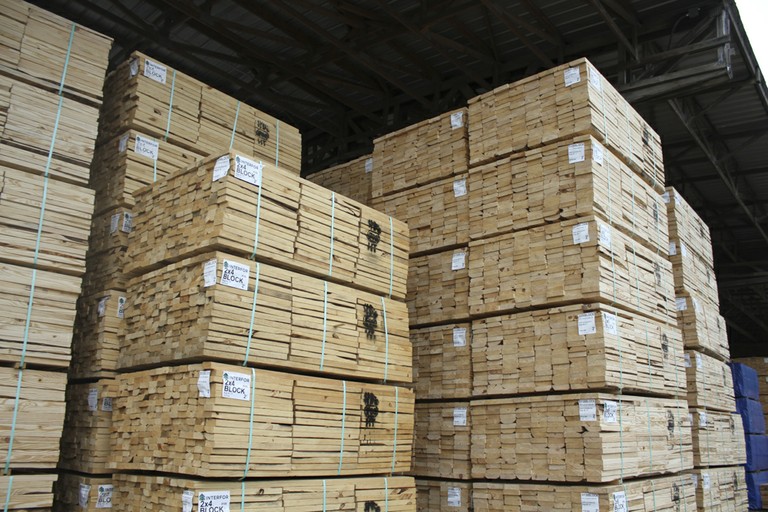
How does the South play a role?
Of the more than 245 million acres of forests remaining in the South, about 86% are owned by private landowners, with most of this acreage being held by private individuals and families. With a foreboding projection that 23 million acres of all southern woodlands may be lost by 2060, we must work together now to support our private landowner base and ensure they have the resources and incentives to keep their forests economically viable and intact. This can include supporting sustainable forest products, bio-energy and the development of new forest products and solutions like mass timber, and ensuring that private landowners have legitimate access to forest carbon markets.
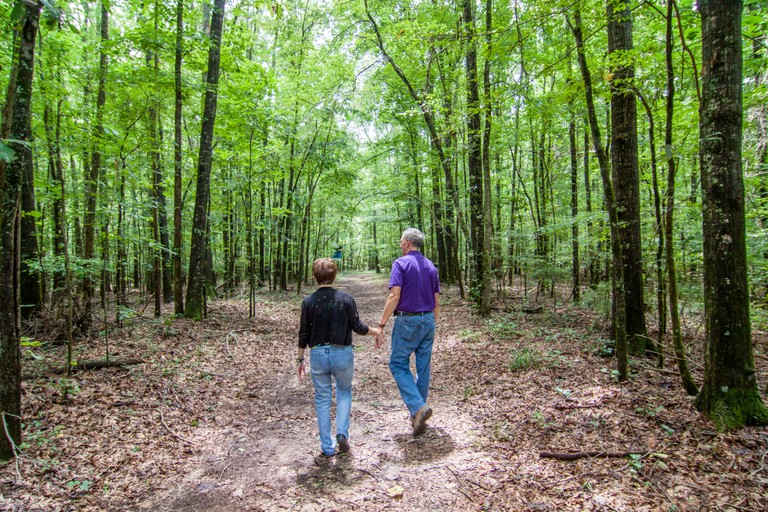
Because the South has a larger contingent of private working forest owners than anywhere in the country, we are uniquely positioned to lead the way toward net-zero emissions. By keeping forests, and keeping them working, we all benefit. From carbon sequestration and clean air to wildlife habitat and community – working forests work, not only for the South and the nation, but for the planet.